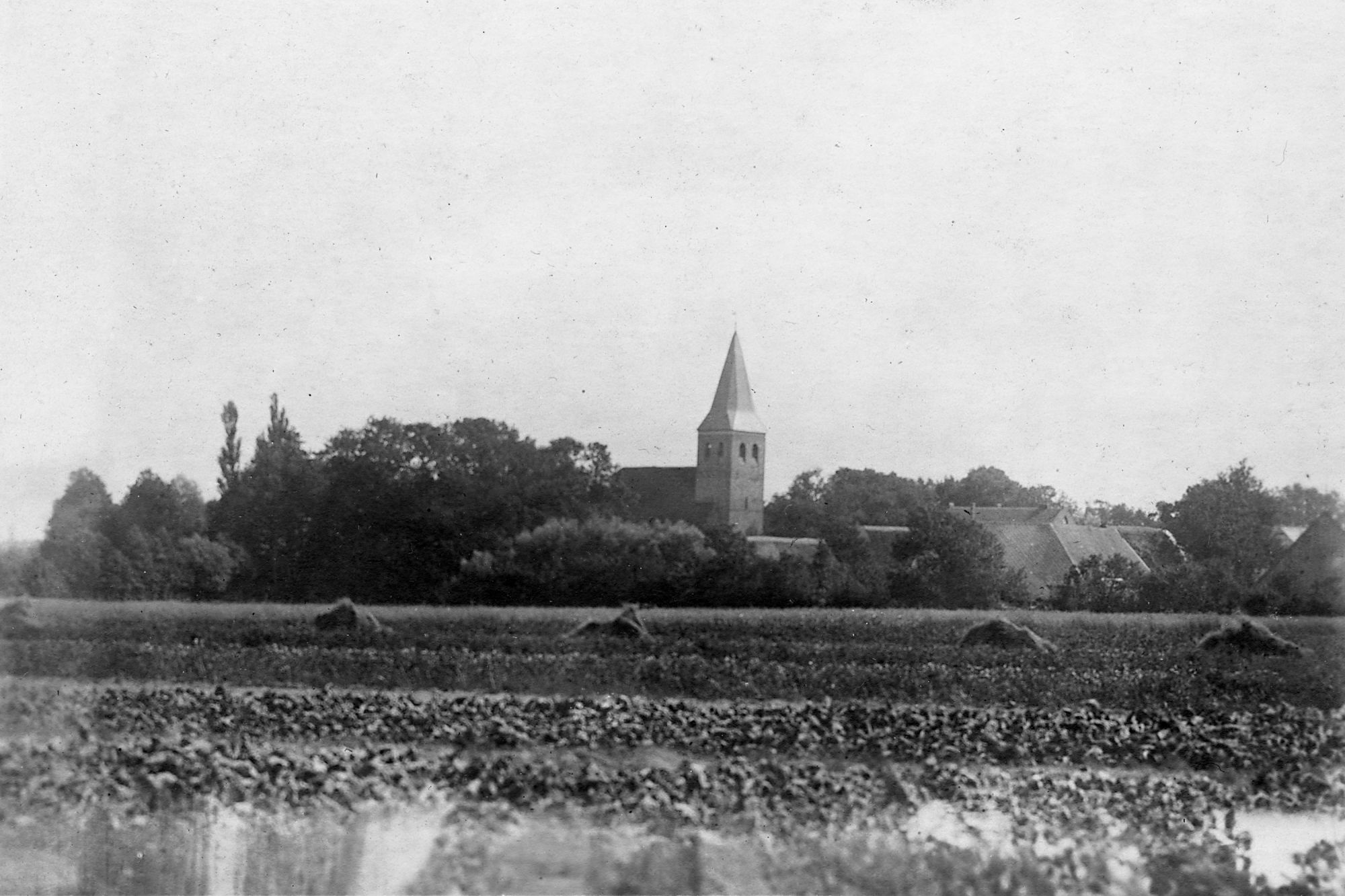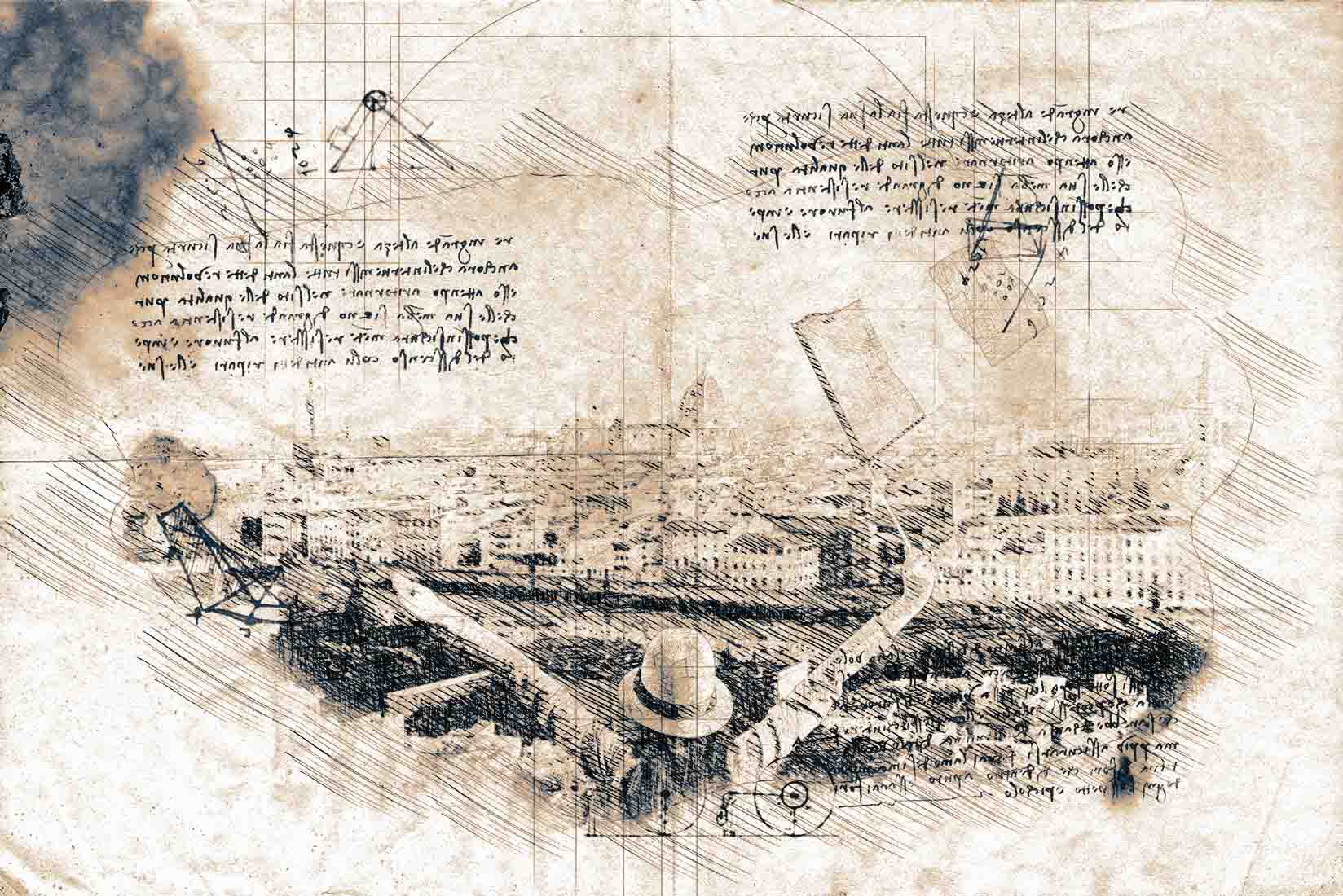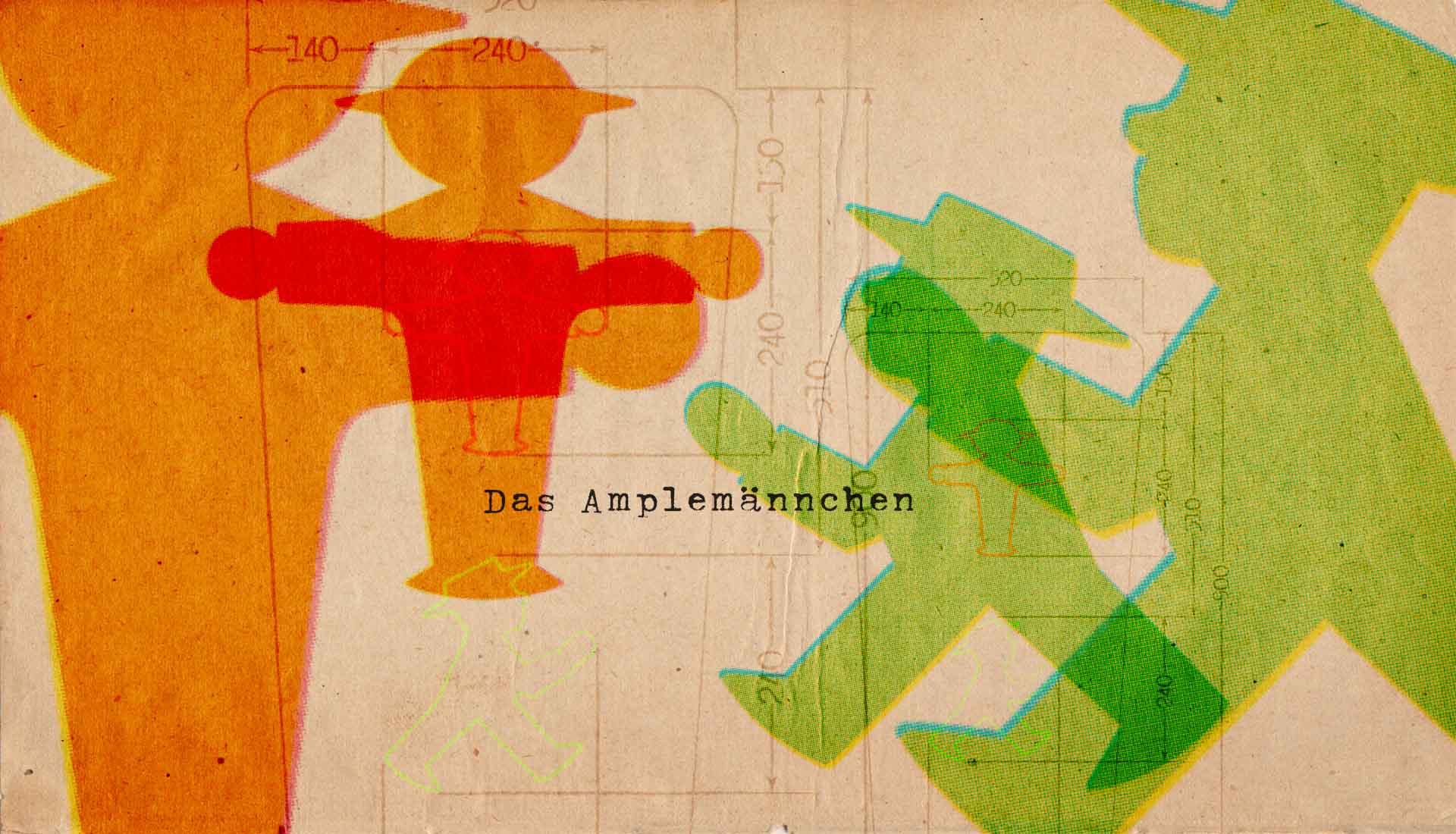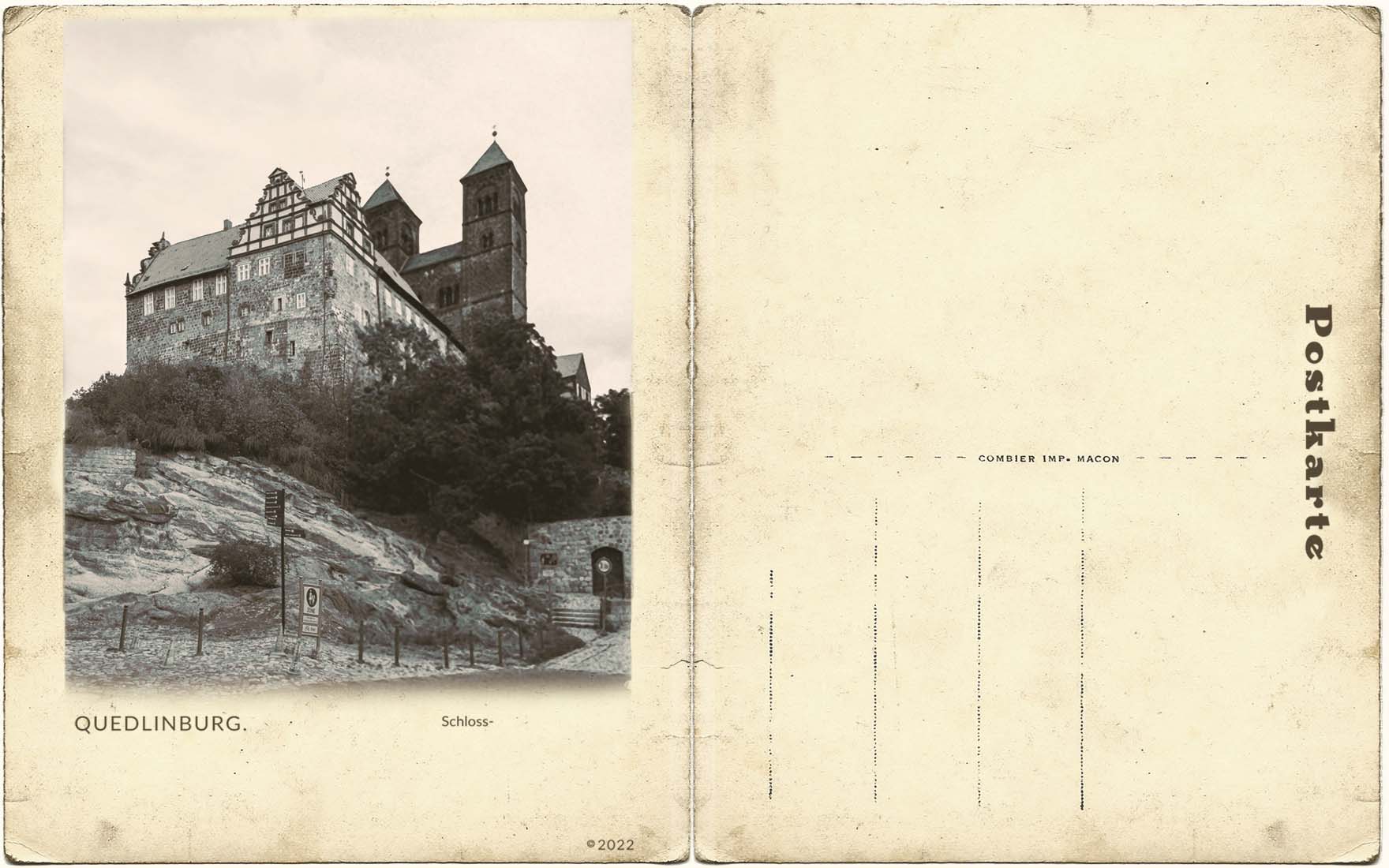Idyllic Plate
late is a village in the district of Lüchow. The village is located one kilometer north of the center of Lüchow and the main feature is its church. The church is situated in the middle of the village on a flat elevation on an almost round churchyard encircled by a road. The village and the church are located in the Jeetzel lowlands and were originally a marshy area.
The origins of the Plater church lie in the 13th century. The nave has Romanesque architectural style in its origin with massive walls and round arches. The cross-like ground plan and tower-less building suggests a Cistercian foundation. According to a legend, one von Plato got lost while hunting. He found an image of the Virgin Mary on the site of the present church. Von Plato vowed to build a church on the site where it was found and the church was consecrated to the Virgin Mary.
From 1370 onwards, the von Plato family substantially enlarged the church in the Gothic architectural style: the tower with two bells is built, the side aisles are extended, and the Gothic star vault is created. The typical signs of the building houses can still be found in the wall stones. The rood screen probably also came into being at this time. The triumphal cross above the rood screen is carved in 1450. After the Reformation, the triumphal cross and rood screen were removed from the church but in 1900 they were returned. From 1472 to 1492, the last major extension of the church took place.

The church was a place of pilgrimage at this time because a healing spring gushed forth in the nearby and it was reported that miracles happen after drinking from the it. In 1494, Günther von Plato had the occurrences in Plate confirmed to Pope Alexander in Rome and obtained further permission for such indulgence; a fair was celebrated and indulgences were granted in exchange for sacrifices for the church. After the Reformation in 1530, the fair was banned.
Due to the marshy subsoil, dislocations and cracks repeatedly occur necessitating costly renovations (1900, 1957, 2009-2011). In 1880 the parish had over 1200 church members and the number of parishioners has been fairly stable due to the numerous new housing developments in the surrounding villages, although the relative proportion of church members has declined sharply.




